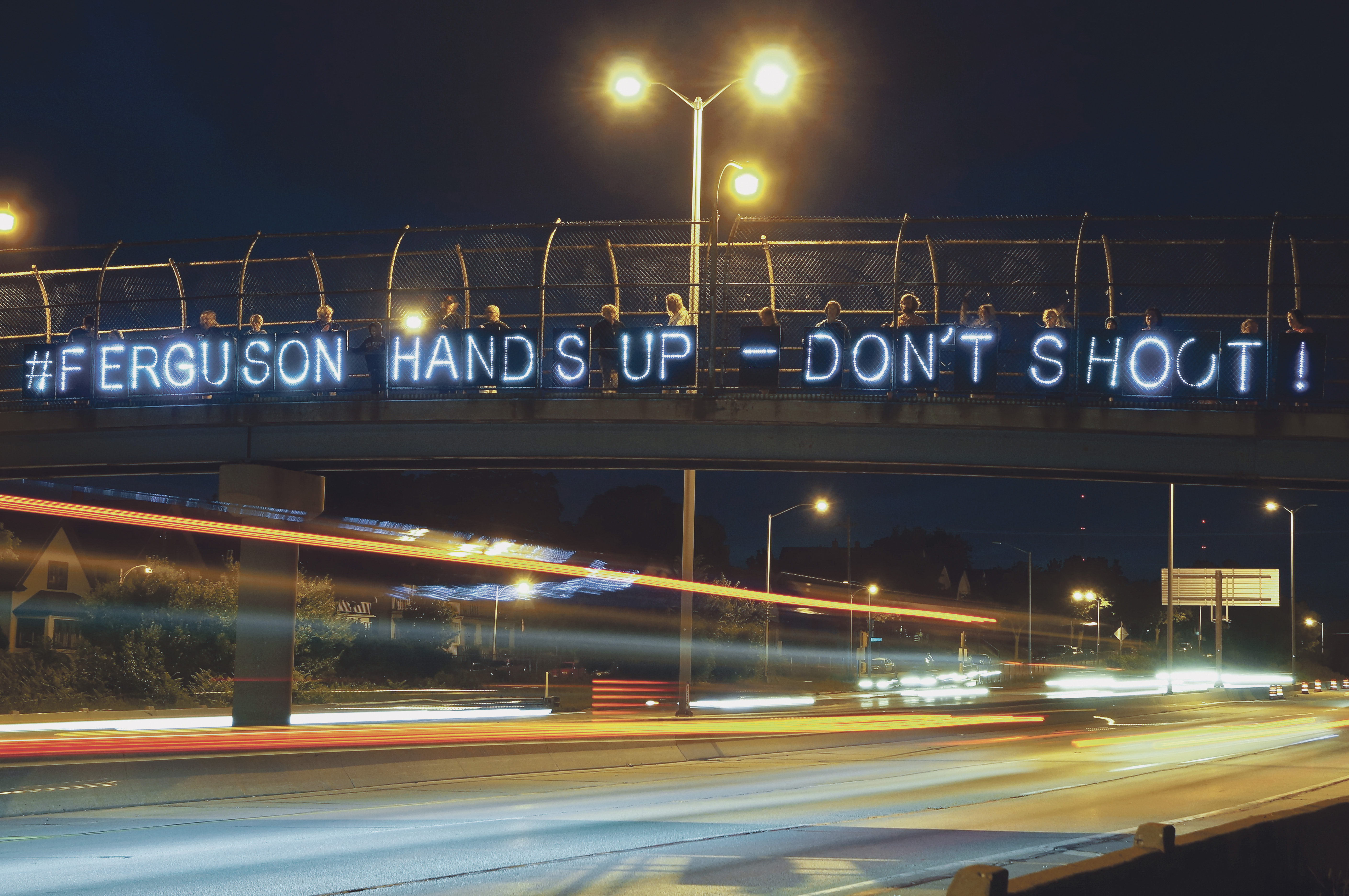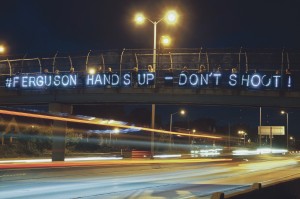Re-visiting the case of racial prejudice


It has been a little over one month since the shooting of 18-year-old Michael Brown by Ferguson police officer Darren Wilson.
The shooting has since signified growing distrust, anger and frustration with the American justice system, particularly in how it treats young African-American men.
It is just another chapter in the long narrative of race relations in the United States, and those who deny that Ferguson and Michael Brown are race-related are deeply confused.
There has been a dangerously subtle trend in the U.S. where young African-American men are unfairly targeted, arrested and killed by police officers.
More concerning is many of the victims are young men; Michael Brown, for example, was supposed to start college this fall.
African-Americans have long been angry, frustrated and disturbed by these trends and Michael Brown has been the spark that ignited the mass protests in Ferguson and across the U.S.
The turn to collective civil disobedience and resistance in Ferguson should be a strong indicator to local and federal officials that changes need to be made and justice needs to be served.
It is high time lawmakers rewrote the laws to include banning police officers from excessive use of force, like the choke hold that killed 43-year-old Eric Garner.
Police officers across the U.S. should be required to take lethal force training; one that also includes cultural-sensitivity training that will educate officers on the cultural differences of ethnic groups.
This will essentially help equip police officers in providing better policing to the communities they serve.
Furthermore, forward-facing cameras should be worn and mandated for each and every police officer that is on the streets in the U.S.
These cameras will not only ensure accountability and transparency, but also serve to ease the public of concerns of police misconduct and transgression by holding these officers to account.
Although these simple changes cannot guarantee that young black men will not be killed, it will nonetheless show the public that the police and other officials are working towards solving the problem.
It will guarantee the beginning of better police and community relations. How many more Michael Browns have to die before the status quo changes in the U.S.?
How many more grieving mothers and distraught families are needed before lawmakers finally decide that some radical changes must be made in the criminal justice system?
How many more Fergusons need to be enflamed with anger until pundits understand that this is more than just race?
It is time that lawmakers, law enforcers and pundits alike began to really understand and hear the calls for justice and due process from the African-American community.
Until then, towns across the U.S. will always be one police shooting away from mass chaos and disorder.


